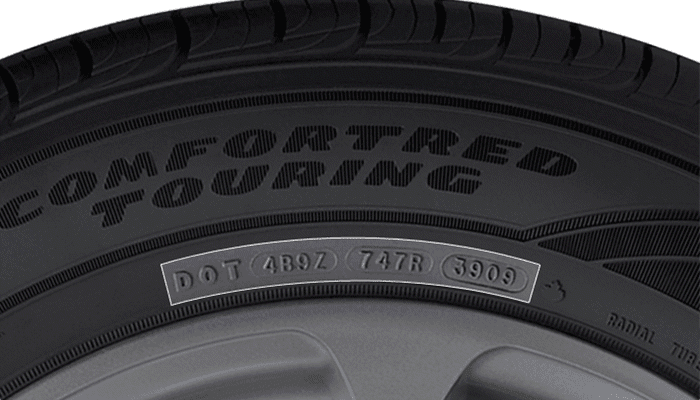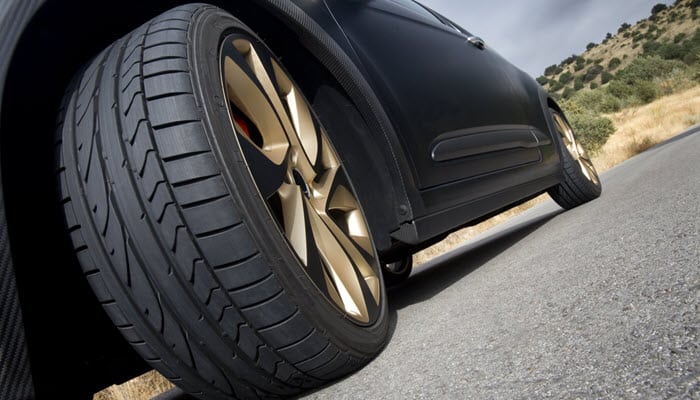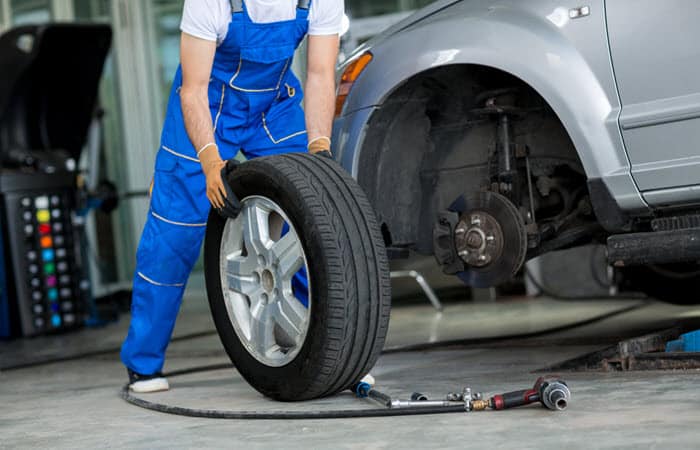Most experienced car owners know the importance of quality tires for their ride. As a matter of fact, responsible drivers should always think of their car’s “health and integrity”. This is important for your safety, as the driver, your passengers, and for the sake of other road users. For this reason, tire maintenance and replacement should always be part of your schedule and budget.
While all of us know the importance of good tires, knowing when to replace them is a bit tricky. Using a simple eye test, your tires may look fine but they may not be in their best condition. For this reason, you need to jot down the basic things to consider when it comes to replacing your car tires.
Factors that Affect Tire Quality
There are three things that affect tire quality: tread wear, age, and exposure to elements. They are overlapping factors that affect the overall condition of your tire but we will explain each one separately to make the discussion more comprehensive.
Condition of tread wear
For many, tread wear is the easiest way to determine your tire’s lifeline and wear rate. Different tires have different tread wear rate. The higher the rating, the longer it should take before it wears down. A control tire, for example, usually have a grade of 100. Those tires with a grade of 200 should wear and tear twice as long compared to your everyday control tire.

Determine the current wear rate of your tire is actually simple. We have this method called Honest Abe if you want to maximize your eye test. To inspect our tire wear using this method, you only need to have a penny.
Hold your penny between your thumb and index finger. More specifically, hold Abe’s body since you are going to use the head-part to measure the depth of your tread wear. Just choose a point on your tread wear and place Abe Lincoln’s head into the grooves. If any part of the head is covered by the tread grooves, it means that you are using a legal and approved tire (it means that you have more than 2/32 (1.6 mm) inch of tread depth). If not, it is likely that your tire is not in the best shape.
Tire age
Another thing to consider is the age of your tires? Tires gradually age even though they are not used that much. Manufacturers have their own recommended tire life span for every product. For most, six years is the rule of thumb before finally replacing your original tire. However, maintenance and regular checking should start as early as five years since different vehicles run different mileages.
Legally, ten years is the maximum age allowed for tires. Those older tires should be instantly removed from service. You need to follow this rule even if the tire appears to be in perfect condition (with simple eye test).

Every tire has a 4-digit code for its age (check the DOT symbol located at the side of your tire). The first two digits represent the week of production while the last two represents the year of production.
Exposure to elements
Because of their everyday role, tires are very susceptible to wear-and-tear and exposure to harmful elements. Road heat and sun UV rays cause structural damage to your tires. This may not be a big problem in locations with a moderate climate. But in areas with extreme weather conditions, exposure to element is almost always a bad thing.
These three factors (condition of tread wear, tire age, and exposure to elements) are factors that affect the quality of your tire.
When to Replace Tires?
In case you are experiencing one of the factors mentioned above, it may be the best time to change your tires. When it comes to tread depth, the legal minimum is 2/32 inch (1.6 mm) depth. But it would be best to replace your tires before actually reaching this number. Tires with 4/32 inch (3 mm) of tread depth versus tires with 2/32 inch have shown a significant difference in performance, traction, and control.
It is important to note that different road terrains respond differently vis-à-vis tread depth. Snow-covered road, for example, requires 5/32 inches (3.9 mm) of tread depth to maintain control. This is because you would need good tread depth in snow so that your tire compress the snow in their grooves. This process adds to your car traction and mobility.
Importance of Good Tires

A study done by the National Highway Traffic Safety Administration states that 9 percent of vehicle accidents are related to faulty tires. Simply put, driving with a worn out tires is more dangerous than it seems. Driving 60 mph during the rainy season, for instance, and suddenly braking is never a good idea with bad tires. As a driver, your control and brake capacity is significantly reduced in this kind of situation.
Tire Maintenance

Despite the natural wear-and-tear life cycle of all tires, there are still things that you can do to extend its service and use. Proper maintenance is actually the key if you really want to extend its longevity. Here are some tips that you should follow:
- Regular inspection of tire pressure
- Proper storage of tires (whenever they are unused)
- Alignment of proper wheel and axle
- Monthly checking of tread wear
- Even rotation between the front and rear tires
Conclusion
While it seems that replacing your tire before it reaches the legal limit wear-and-tear is expensive, it is actually a smart investment if you want to reduce risks of vehicular accidents. Even though you can still drive within legal limit (2/32 inches of tread depth), safety and performance are already far from optimal.
A slippery or snowy terrain, for instance, demands tires with a minimum tread depth of 5/32 inches for better traction and control. There are also “all-season” tires that perform well in a wide range of conditions. As such, extensive research is a must before buying one.
Cheaper tires may also not be the best value product. While some tires are cheaper, they also may age or wear much faster.


